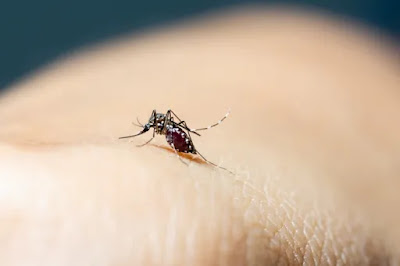Sexual activity can have some impact on weight loss, although it should not be considered a substitute for a healthy diet and regular exercise. Here are a few ways in which sex can potentially contribute to weight loss:
1. Calorie Burn: Engaging in sexual activity can be physically demanding, and it can increase your heart rate and burn calories. However, the exact number of calories burned during sex varies depending on factors such as duration, intensity, and individual differences. It is not a highly effective or efficient method of burning calories compared to other forms of exercise.
2. Muscle Engagement: Sex involves the engagement of various muscles in your body, including your core, hips, glutes, and legs. Regular sexual activity may contribute to toning and strengthening these muscles, potentially leading to a higher metabolic rate over time.
3. Stress Reduction: Sexual activity can help reduce stress and promote relaxation. High stress levels have been associated with weight gain, particularly around the abdominal area. By managing stress through sex or other stress-relieving activities, you may indirectly support weight loss efforts.
It's important to note that the impact of sex on weight loss is relatively modest compared to other lifestyle factors like diet and exercise. To achieve significant and sustainable weight loss, it's crucial to adopt a well-rounded approach that includes a balanced diet, regular physical activity, adequate sleep, and other healthy habits. Consulting with a healthcare professional or a registered dietitian can provide personalized advice and guidance on achieving your weight loss goals.

.jpg)

.jpg)


